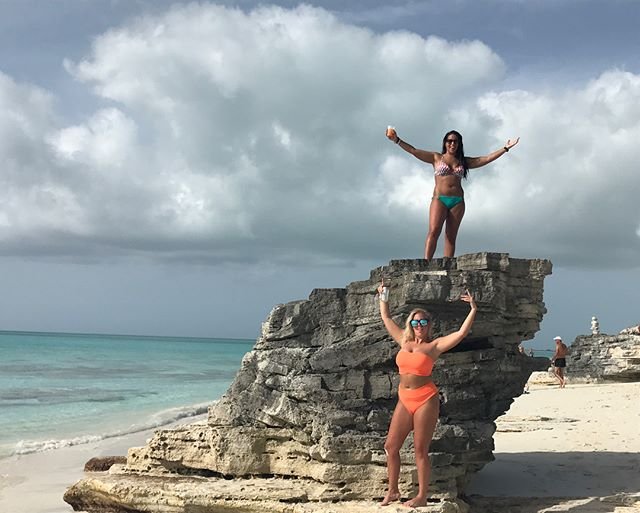MEMORIES OF CENTRAL AMERICA: GUNA YALA, A PARADISE IN 365 ISLANDS. Second part

Later I learned that no: the gunas are one of the most traditional and independent indigenous groups in Latin America. Despite having been in constant contact with European and American cultures, they never lost their customs, culture, language and beliefs. Those colorful fabrics are part of their daily dress.

Guna society is matriarchal, and the roles are well defined. Women are responsible for household chores - they cook, wash, sew, clean and collect water from the rivers - and manage the family's money. They are the ones who make and sell the molas, the traditional fabric of the community (the same one they use in their clothes).

The grandmothers transmit the traditions of the people to the new generations through songs, dances, advice and teachings. Female daughters are valued as they bring new men into the family: after marriage, the husband moves in with his wife's family and works for several years as an apprentice to his father-in-law.

Men, unlike women, no longer dress traditionally. They are in charge of fishing and collecting coconuts: the economy of the guna is based on fishing, agriculture and the sale of molas. Men usually go out to collect coconuts at five in the morning, then they go fishing, working on crops, repairing houses and carving wooden utensils. Many load their cayucos (canoes) with lobster, octopus, crabs and fish and go from boat to boat offering the catch of the day. There are others, although they are the least, who dedicate themselves to making molas with women.

On each island there is a sector reserved for parking the cayucos, the canoes that the guna build and use to go from one island to another. They are constructed of a single trunk and carved with a machete. All the cayucos have oars and rudder, and some a sail or motor outboard. They are indispensable for daily life: women use them to go to the mainland or to approach boats, men use them to go to the plantations of corn and cassava and to fish on the reefs.

In the smaller villages there is a tradition: when the last inhabitant of a family dies, the house is burned and his ashes are sent to the sea in a raft.

One of the things that I liked the most about Guna Yala is that all tourist establishments and services are managed by guna: no foreign investment is allowed on the islands. There are no resorts, there are no free shops, there is nothing that can ruin the environment. The constructions, moreover, are made with elements taken from the environment. The houses are made of bamboo, wood and palm. The kitchen is usually outside the house, and the bed - a Paraguayan hammock - inside.

The bathroom is usually a wooden room located on a pier on the sea, and the shower is a bucket of fresh water and half coconut that serves as a container. Electricity is limited: many families use solar panels to supply themselves with energy. In some villages there is television, in the smallest there is not.

Once Guna Yala is reached, each captain decides in which area to stay during the two nights of the visit. We anchored in front of Chichimé, an island with two houses.

We could choose to sleep on the deck of the boat or in Paraguayan hammocks on the island. I prefer the boat, I like to feel the movement of water.

We spent those days swimming, snorkeling among the corals, going from one island to another and chatting with the guna family of Chichimé. There I saw one of the most beautiful fish of my life: blue-violet with fluorescent dots.
Great photos and text
Congratulations! This post has been upvoted from the communal account, @minnowsupport, by fanycarrillo from the Minnow Support Project. It's a witness project run by aggroed, ausbitbank, teamsteem, theprophet0, someguy123, neoxian, followbtcnews, and netuoso. The goal is to help Steemit grow by supporting Minnows. Please find us at the Peace, Abundance, and Liberty Network (PALnet) Discord Channel. It's a completely public and open space to all members of the Steemit community who voluntarily choose to be there.
If you would like to delegate to the Minnow Support Project you can do so by clicking on the following links: 50SP, 100SP, 250SP, 500SP, 1000SP, 5000SP.
Be sure to leave at least 50SP undelegated on your account.